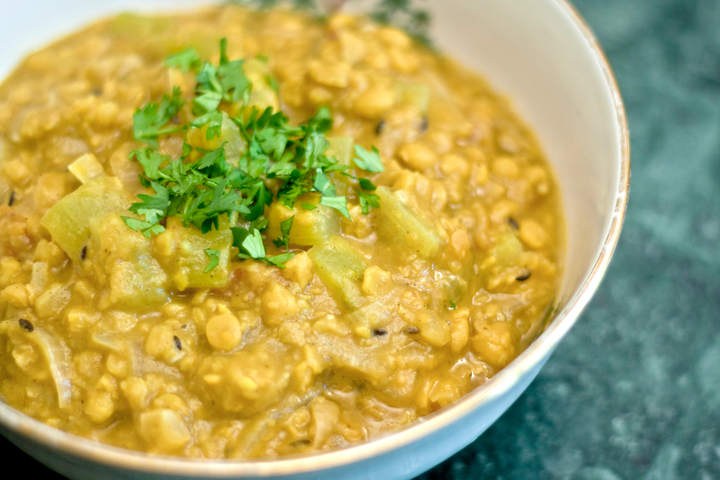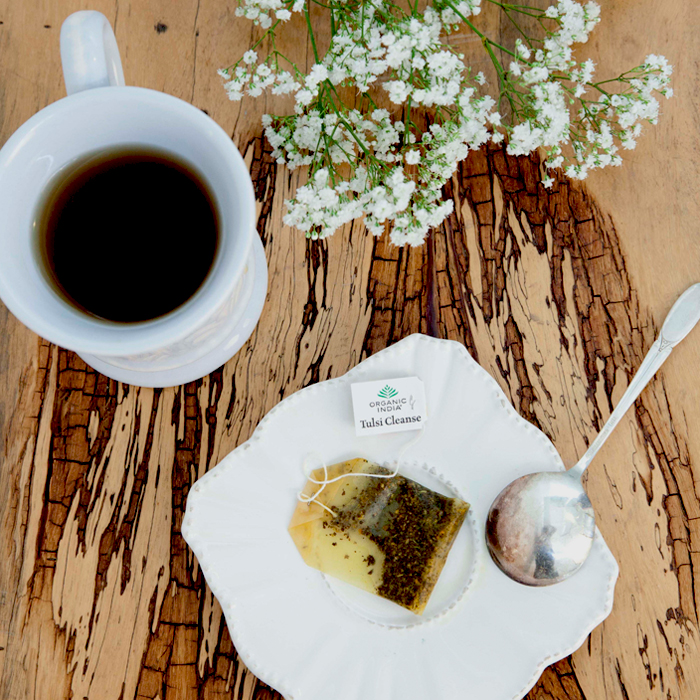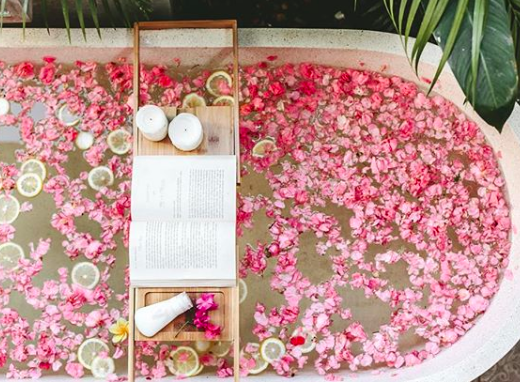We have officially transitioned from Summer to Autumn! As this shift sets in, it is an ideal time to sync your body with the seasons by choosing a healthy cleanse to detoxify and rejuvenate your system.
The benefits of Ayurvedic cleanse include improved strength, vitality, immunity and a renewed enthusiasm for life!
An Ayurvedic cleanse serves to rest and purify the digestive system while addressing the root cause of any imbalances. By cleansing toxins, you set the strong foundation that your body needs to thrive in the new season.
Fall and Spring equinox are the two times of year for which the seasonal harvest foods have an especially cleansing effect on the body. Spring and fall harvest foods help us transition into the extreme weather cycles of summer and winter, both of which greatly impact our body’s inflammatory response, stress levels, and digestive health. If we miss this timely opportunity for cleansing, we may be more prone to seasonal allergies and digestive imbalances throughout the winter.
The traditional Panchakarma cleanse is a simple, 4-day detox that can easily be performed at home using herbs, skincare and an important therapy called oleation. In Sanskrit, pancha means 5, and karma means action. These are the 5 actions to perform every day for 4 consecutive days to get the most out of your fall cleanse.
1. Drink melted Ghee in the morning.
This is oleation. Ghee penetrates the tissues, softening and lubricating the hardened tissue that build as we age. Ghee also forces the gallbladder to replace old digestive enzymes with fresh ones,and serves as a magnet, pulling out toxins stored in the body to help reset your natural fat-burning metabolism.
Every morning of the cleanse, after scraping the tongue with a tongue scraper and cleaning the teeth, melted ghee will be consumed in increasing amounts for 4 mornings. The doses are as follows:
- Day 1: 2 tsp Ghee
- Day 2: 4 tsp Ghee
- Day 3: 6 tsp Ghee
- Day 4: 9 tsp Ghee
You may drink the melted ghee plain, or mix it into a small amount of warm, unsweetened almond or rice milk, with a pinch of ginger and cardamom for flavor. Do not eat or drink anything for 30 min. After 30 min, drink a glass of warm water with 1/4-1/2 of fresh lemon squeezed into it. Or, if nausea occurs, sip ginger tea. This is not uncommon, especially on days 3 & 4.
2. Eat a mono-diet of kitchari
Kitchari is a traditional mung bean and rice porridge with a nourishing yet detoxifying effect on the body. Kitchari will be eaten 3 meals per day for the duration of the cleanse. This is a detoxifying meal that allows the digestive system to rest while still nourishing the body and keeping blood sugar levels stable. Eating the recipe below is the most cleansing option, but if your blood sugar does not feel stable, you can add cooked seasonal vegetables to the mung beans and rice. It’s very important that no oils are added to the meals, and fatty foods such as avocados be avoided. The only oil that should be consumed is the ghee in the morning. You should eat enough at each meal that you do not need to snack in between.
The recipe below makes enough to last for 3 or 4 meals. You can play with the mix of spices. Traditionally, kitchari is eaten more like a soup than a pilaf. This is why this recipe includes more water than you would normally add for cooking rice. Eat this simple soup three meals per day during the 4-day cleanse to help your digestive system rest and stabilize.

Ingredients:
- 1 cup uncooked split yellow mung beans (It’s important to get SPLIT mung beans, not whole, because they are easier to digest and more detoxifying. These are usually available at Asian and Indian grocers, and are sometimes labeled as Split Moong Dahl. It is also possible to order organic split mung beans online)
- 1/4 – 1/2 cup uncooked white basmati rice
- 1 Tbsp fresh grated ginger root
- 2 bay leaves
- 1 tsp each black mustard seeds, cumin, and turmeric powder
- 1/2 tsp each coriander powder, fennel, and fenugreek seeds
- 7 – 10 cups water
- 1/2 tsp salt (rock salt/himalayan pink salt is best)
- 1 small handful fresh chopped cilantro/ corriander leaves
- 1 pinch hing (also called asafoetida or asafetida) – Optional
Directions:
- Rinse mung beans until the water runs clear
- Par boil mung beans: bring them to a boil in 4 cups of water and remove from heat. Allow to rest for 1-4 hrs in the boiled water, then drain and rinse
- Rinse rice until the water runs clear
- Heat a large pot on medium heat and add all the spices (except the bay leaves). Dry roast for a few minutes, stirring constantly. Dry roasting will enhance the flavor. Keep a close eye on the spices to make sure they do not burn.
- Add mung beans and rice and stir again
- Add water and bay leaves and bring to a boil
- Boil for 10 minutes
- Turn heat to low, cover pot and cook until mung beans and rice become soft (about 30-40 min)
- Garnish with cilantro leaves just before serving
- Add salt to taste
3. Drink a cleansing tea to assist the liver in detoxing. Naturally we recommend our Tulsi Cleanse Tea This blend of healing herbs, which includes Krishna Tulsi, Turmeric, Ginger, Bhumyamalaki, Katuki and Kalmegh come together to provide an effective daily liver and kidney cleanse. These restorative herbs support the body’s healthy detoxification system by optimizing liver and kidney function

4. Garshana – Dry brushing the skin
The simple act of brushing your skin has a profound effect on detoxing the body. Use a dry skin brush, raw silk gloves or a dry cotton washcloth. Start gently and brush toward the heart in circular motions and then long strokes – this action stimulates the lymphatic system, enhancing circulation and helping to release toxins.
5. Abhyanga – Bath and self-massage with oil

Immediately after dry brushing, relax in a hot bath for 20 min – the most heavenly part of the Panchakarma prescription! Follow your soak with an oil massage, moisturizing the skin with organic coconut or sesame oil, mixed with a few drops of our calming Tulsi-Holy Basil Essential Oil.
Do these 5 Actions every day of the 4-day cleanse to reset your body. On the last day of your cleanse, flush your digestive system of any remaining toxins. There are a few ways to do that. If you have sensitive digestion, drink a warm cup of prune juice after your bath. For normal digestion, mix 1 tbsp of Epsom salts, 1 tbsp olive oil and 1 tsp of lemon juice in warm water and drink. If you are prone to constipation, double the Epsom salts, olive oil and lemon juice.
** It’s important to note that everyone’s body is different and the individual needs of certain herbs and cleansing methods differ from person to person. It’s best to work with a health care practitioner to figure out the right remedy for you and your individual body. Happy cleansing! Wishing you great health, longevity and vitality this spring, and always
